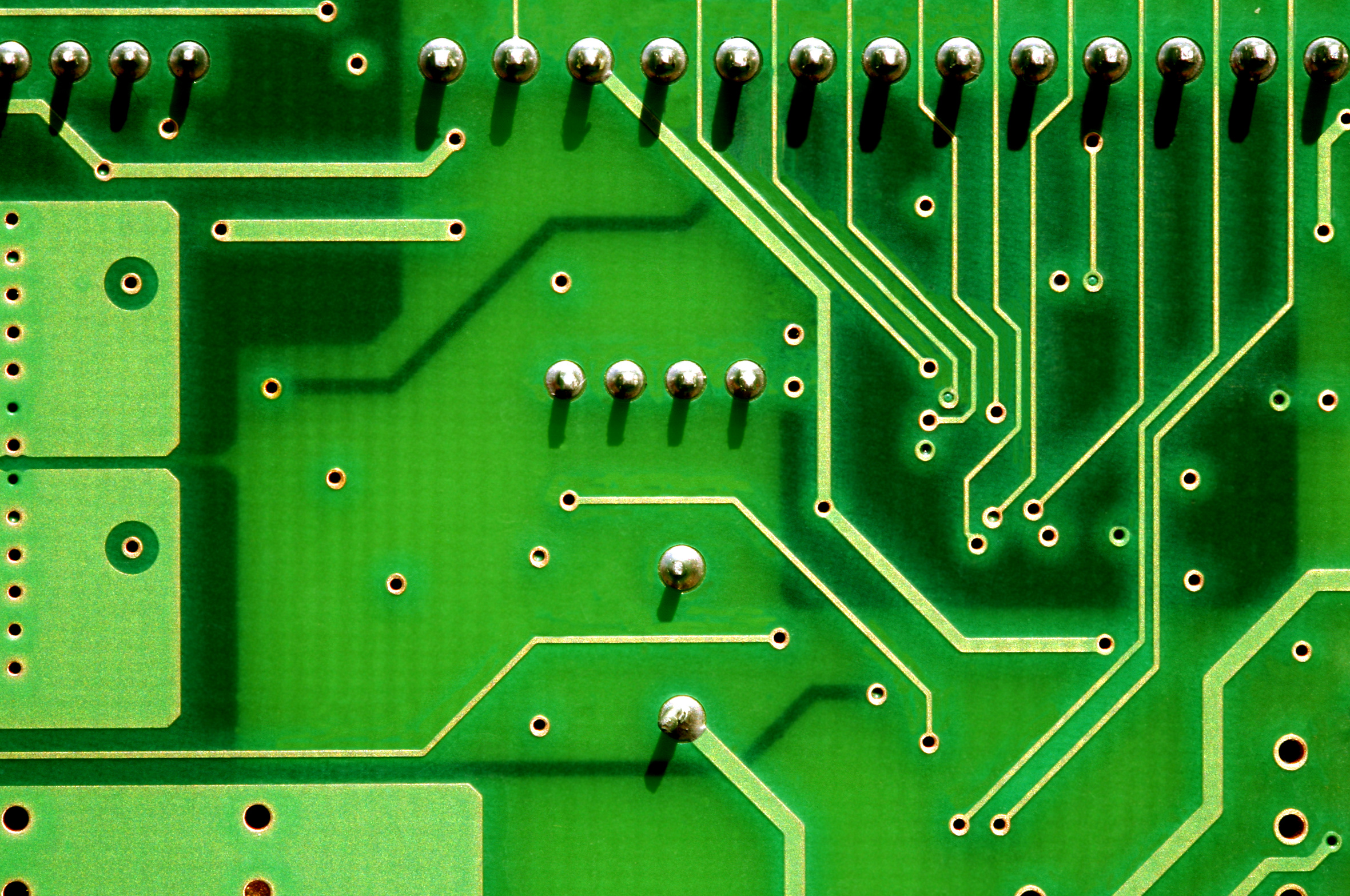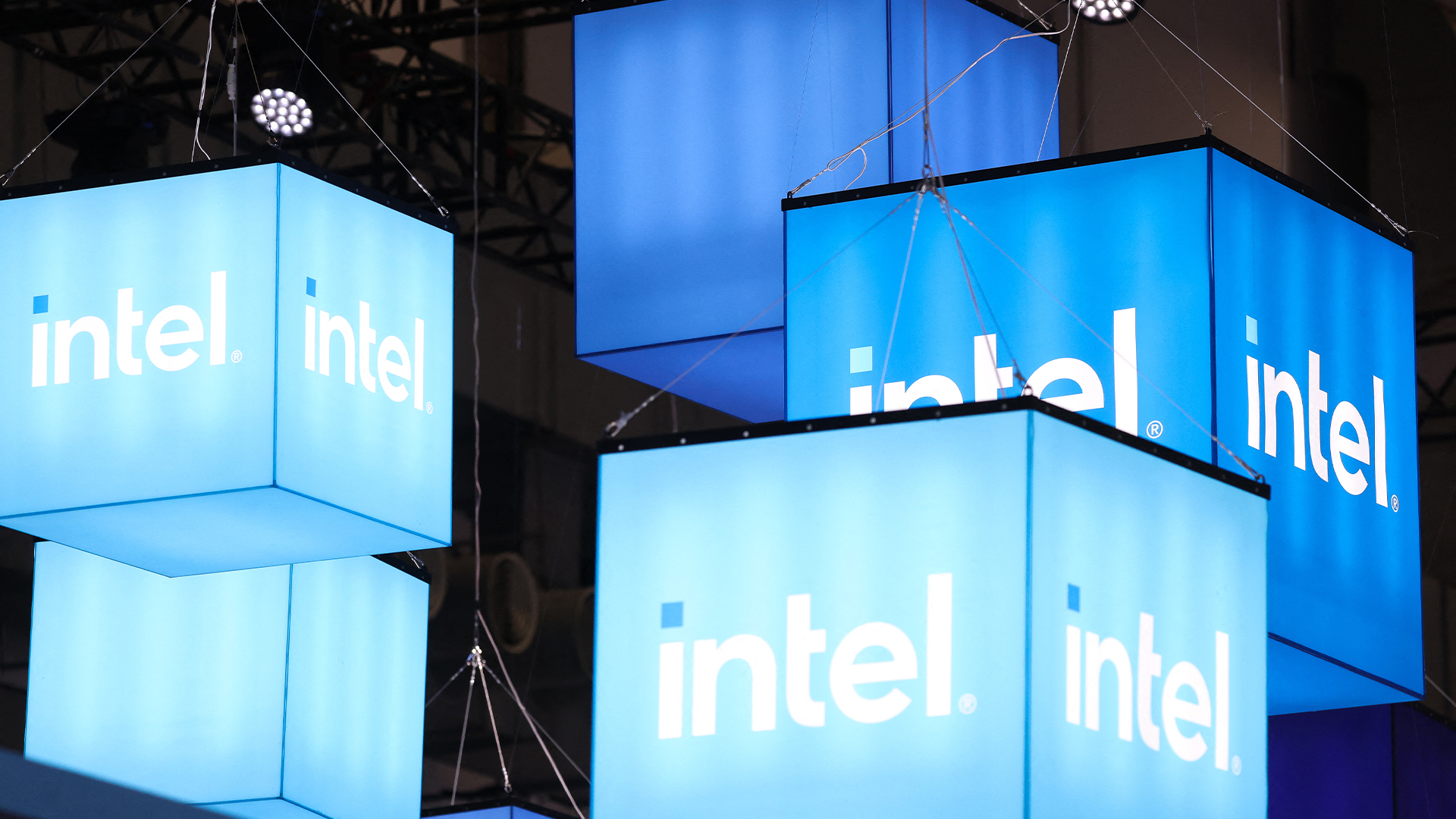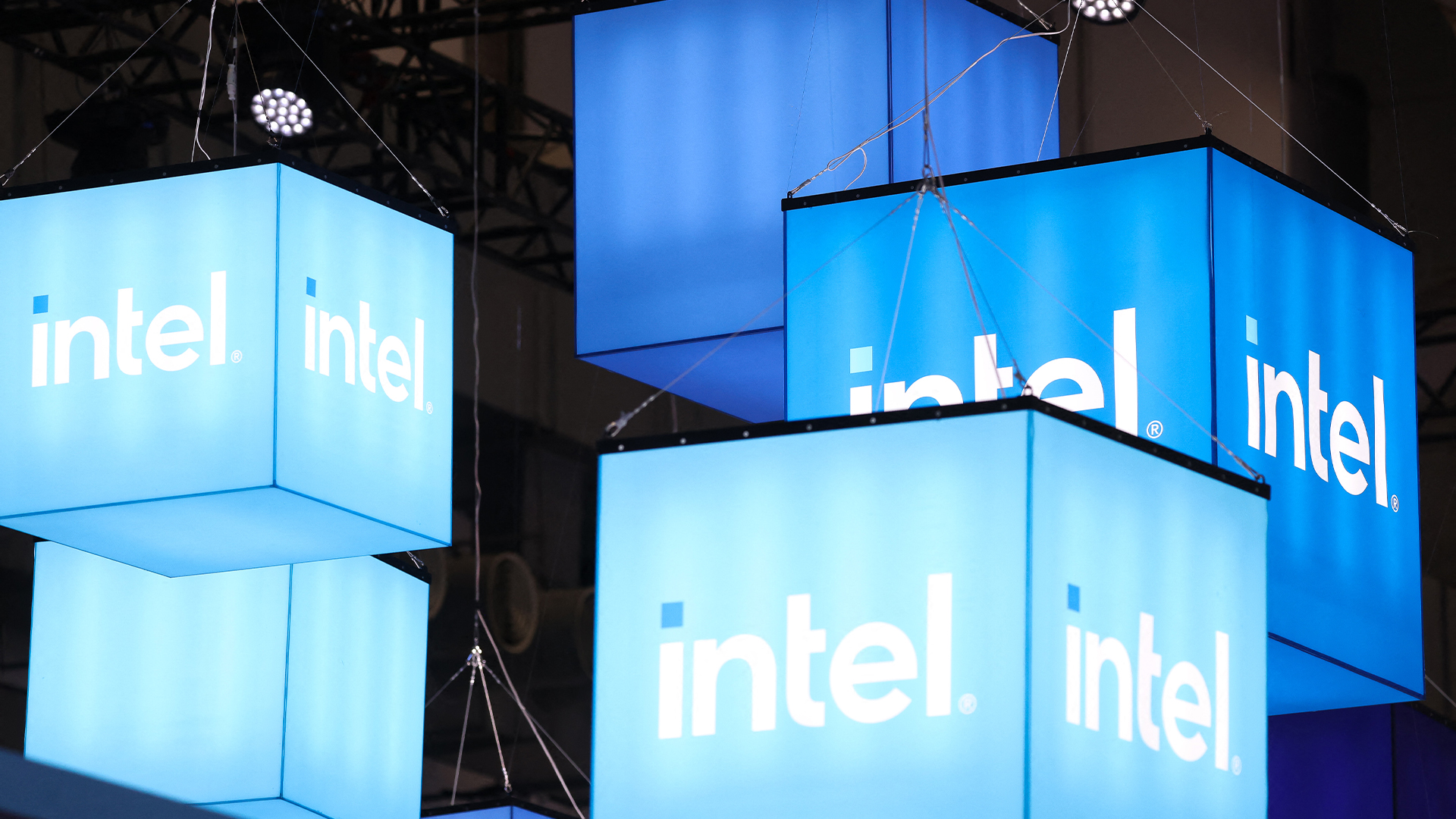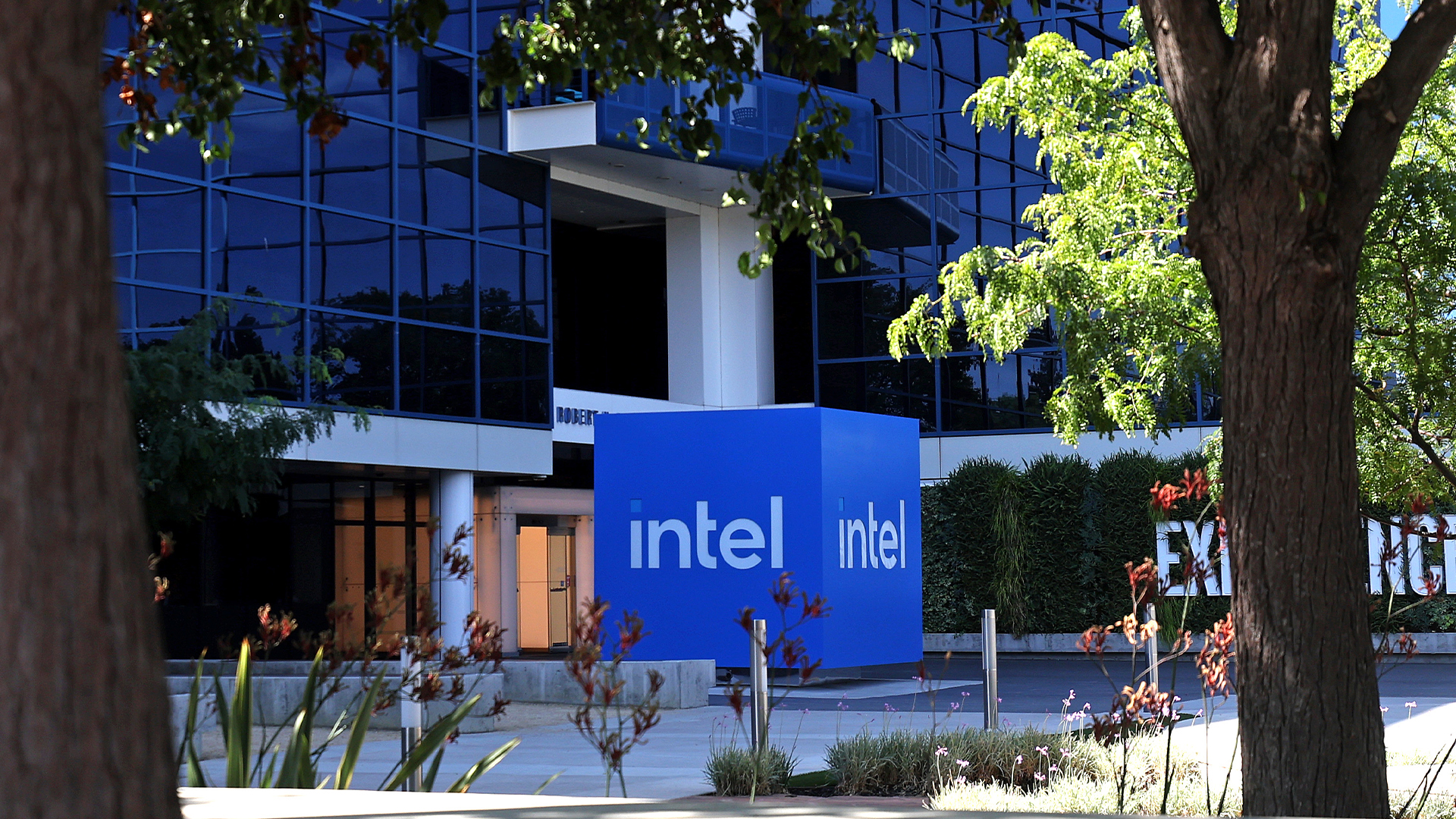Intel and Numonyx announce memory breakthrough
Breakthrough in phase change research heralds massive increases in memory performance and capacity along with reduced size and associated costs.


Intel and its research partner Numonyx have announced that they have made a significant breakthrough in developing a new class of memory chip that should enable smaller devices with greater memory capacity than ever before.
The new memory is based on phase change technology and in the lab the researchers have managed to create a 64Mb test chip with multiple layers stacked on top of each other on a single die, which is key to delivering greater storage capacities.
Al Fazio, Intel fellow for memory technology and development, said in a phone briefing that the technology can scale down to very small dimensions, features low latency and high bandwidth, but could be produced at low cost. It combines the best of current memory technologies such as NOR and NAND and could eventually find its way in into low cost SSDs that offer higher capacities and greater performance.
Greg Atwood, senior technology fellow at Numonyx said that it could therefore replace other memory types.
"We see it collapsing a lot of the memory types into one technology type," he said. "We see it as an important milestone and has the potential to bring future performance gains to future computer platforms."
However, he was also clear that there were no timescales attached to the announcement. "Product timing is not confirmed - research provides both opportunities and challenges," he said.
Atwood also revealed that it could lead to a new approach to memory design on products. "People are [also] talking about collapsing storage and memory into one", he said.
Get the ITPro daily newsletter
Sign up today and you will receive a free copy of our Future Focus 2025 report - the leading guidance on AI, cybersecurity and other IT challenges as per 700+ senior executives
Fazio revealed that Intel has been working on the technology with Numonyx since the early part of the decade since it realised that current memory techniques would have scaling issues.
Full details of the breakthrough will be presented at the 2009 International Electron Devices Meeting in Baltimore on 9 December, in a paper entitled, "A Stackable Cross Point Phase Change Memory."
Benny Har-Even is a twenty-year stalwart of technology journalism who is passionate about all areas of the industry, but telecoms and mobile and home entertainment are among his chief interests. He has written for many of the leading tech publications in the UK, such as PC Pro and Wired, and previously held the position of technology editor at ITPro before regularly contributing as a freelancer.
Known affectionately as a ‘geek’ to his friends, his passion has seen him land opportunities to speak about technology on BBC television broadcasts, as well as a number of speaking engagements at industry events.
-
 Bigger salaries, more burnout: Is the CISO role in crisis?
Bigger salaries, more burnout: Is the CISO role in crisis?In-depth CISOs are more stressed than ever before – but why is this and what can be done?
By Kate O'Flaherty Published
-
 Cheap cyber crime kits can be bought on the dark web for less than $25
Cheap cyber crime kits can be bought on the dark web for less than $25News Research from NordVPN shows phishing kits are now widely available on the dark web and via messaging apps like Telegram, and are often selling for less than $25.
By Emma Woollacott Published
-
 The gloves are off at Intel as new CEO plots major strategy shift
The gloves are off at Intel as new CEO plots major strategy shiftNews Intel’s incoming CEO has some big plans for the firm’s business strategy, sources familiar with the matter have told Reuters, with more job cuts looming on the horizon.
By George Fitzmaurice Published
-
 Intel just won a 15-year legal battle against EU
Intel just won a 15-year legal battle against EUNews Ruled to have engaged in anti-competitive practices back in 2009, Intel has finally succeeded in overturning a record fine
By Emma Woollacott Published
-
 AMD and Intel’s new x86 advisory group looks to tackle Arm, but will it succeed?
AMD and Intel’s new x86 advisory group looks to tackle Arm, but will it succeed?News The pair will look to make x86 CPU architecture more interoperable
By George Fitzmaurice Published
-
 Why the world is about to be swamped with AI PCs
Why the world is about to be swamped with AI PCsNews With adoption rates set to surge, AI PCs will become far more mainstream in years to come
By Nicole Kobie Published
-
 Intel needs to “get its story right” to turn things around and capitalize on the AI boom
Intel needs to “get its story right” to turn things around and capitalize on the AI boomAnalysis Intel has entered a period of uncertainty after announcing restructuring plans and a huge round of layoffs
By George Fitzmaurice Published
-
 How monitors deepen your employee experience and support your distributed workforce
How monitors deepen your employee experience and support your distributed workforcewhitepaper Drive business outcomes by empowering, enabling, and inspiring employees with the right monitors wherever they work from
By ITPro Published
-
 Forrester: Power up your hybrid workplace with monitors
Forrester: Power up your hybrid workplace with monitorswhitepaper Evolve remote work policies into work-and-learn-from-anywhere strategies
By ITPro Published
-
 Driving employee experience and productivity across industries
Driving employee experience and productivity across industrieswhitepaper Monitors are an imperative in the hybrid era
By ITPro Published